We are growing increasingly convinced that we will not see a single print of 2% or lower in the US CPI in this cycle. Despite a cyclical de-acceleration, the sticky components keep the CPI too high and beneath the hood cyclicality is returning.

The “Watch Series” is a collection of individual series such as Europolitics Watch, Inflation Watch, Real Estate watch and much more. Stay tuned for in-depth coverage of your favourite subjects.


We are growing increasingly convinced that we will not see a single print of 2% or lower in the US CPI in this cycle. Despite a cyclical de-acceleration, the sticky components keep the CPI too high and beneath the hood cyclicality is returning.

The resilience of the US labor market is hard to argue against, but the downwards-sloping trend from Q4 last year looks to continue into the new year. We have a look at the numbers.

There are currently signs of rising supply bottlenecks in both the Suez- and the Panama canal. Good news for shipping companies, but bad news for consumers in 3-4 months from now.

Have Shipping companies suddenly made a deal with the Houthis? It sounds unlikely to us, and we will address why in this Suez Special of our Energy Cable publication.
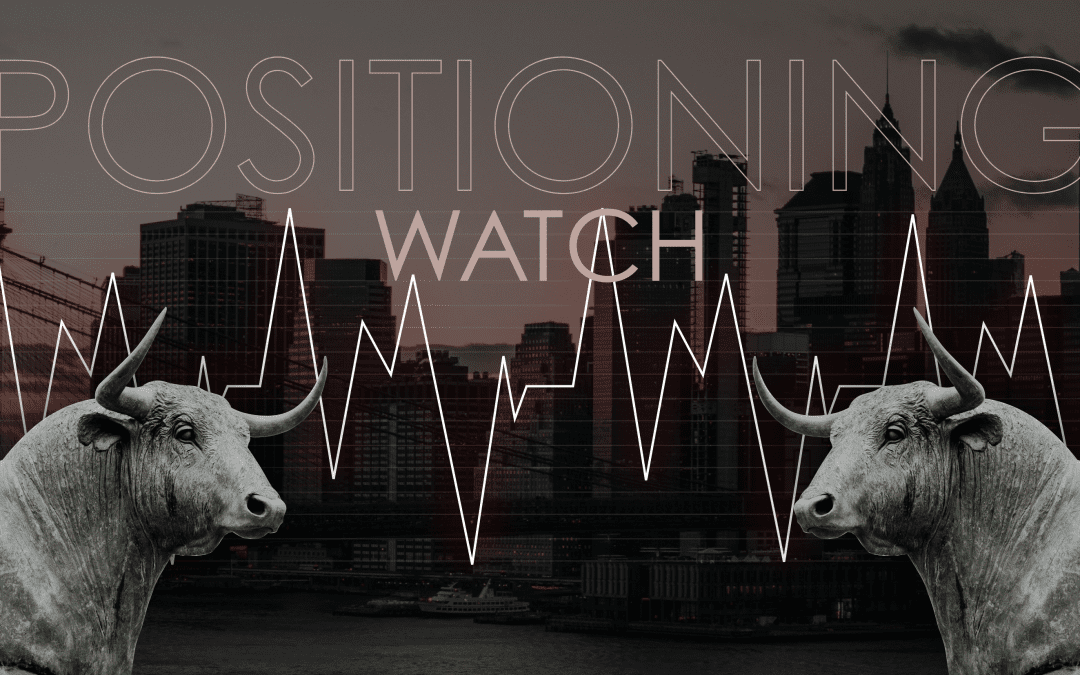
Markets seem to have given up the perfect landing narrative, and the ultra-long positioning in bonds and equities has started to retrace. A more mixed 2024 upcoming?

Consensus looks decently fair for USD inflation released on Thursday, but the risk is tilted marginally in the hawkish direction especially due to transportation services. Core inflation is likely to print at 3.9% YoY.
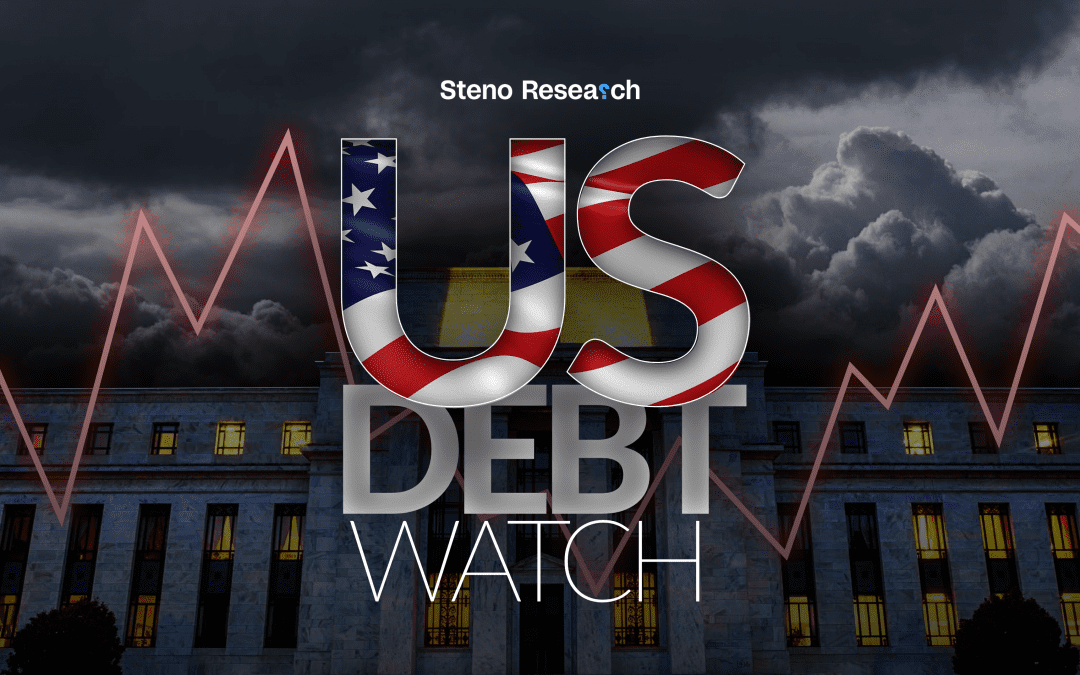
The U.S federal government is ringing in the new year with a 1% cut to all non-discretionary spending – a consequence of a little-known provision in the June debt ceiling agreement.

Geopolitics is at the front seat of financial markets these days and the data prints we are given are anything but conclusive. Read how we start off the year below!

Scandi-flation numbers are out next week from Norway and Sweden. Will we see CPIF inflation in Sweden printing below 2%? (Yes, we said that) and Norwegian inflation printing below 0% MoM again? Here are the details

We see some interesting changes to the environment for January when we factor in rising liquidity and inflation at the same time.

Freight rates are on the rise fast! How bad is the situation in the Red Sea? More here.

Our models hint of a HUGE increase in liquidity in January due to issuance and outflows from the ON RRP facility, which might provide some fuel for the soft landing rally in equities and bonds. See what our Asset Allocation tool suggests for the month ahead here.

The early evidence from Germany, Spain and Portugal suggests that we will get another (material) dovish surprise from EUR inflation this month. The ECB forecast for Q1 is miles OFF.

Tensions are clearly on the rise in the Red Sea with fatal stand-offs over the New Years weekend. The most recent satellite photo evidence suggests that supply chain disruptions are material but manageable. Will the Houthis propel energy- and transportation costs again?

We have a last look at CFTC data to dissect how investors are positioned across asset classes going into 2024. Everyone and their mother is long bonds. Is it a worrying signal? Enjoy!

In this edition of the Portfolio Watch series, we look at sensitivities to USD liquidity across asset classes.
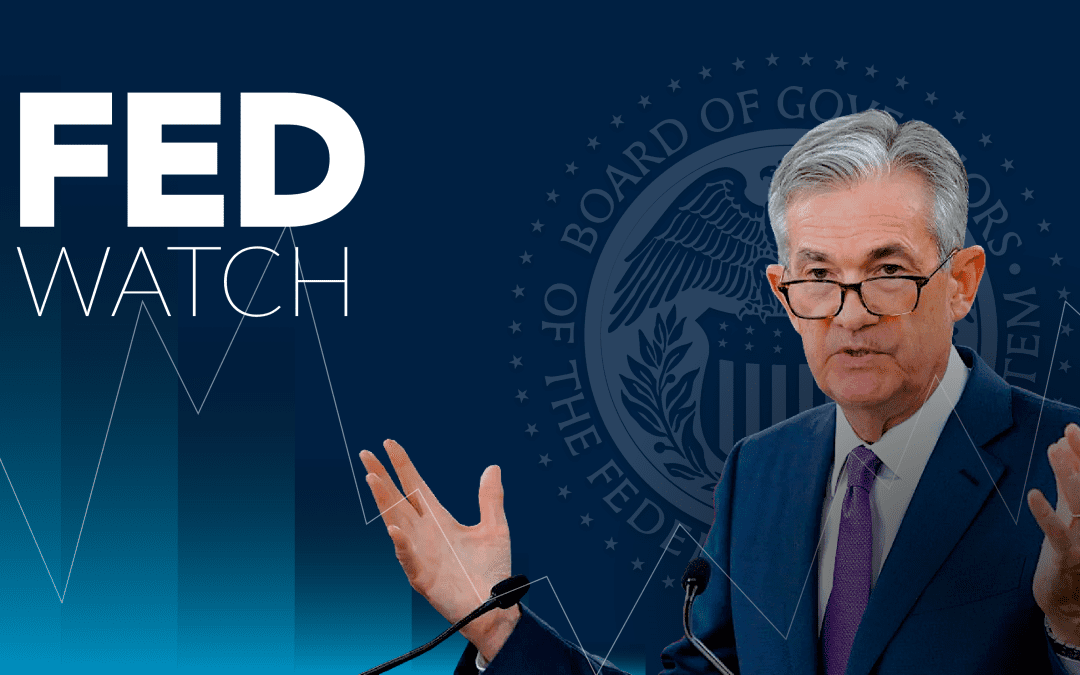
USD liquidity is likely to come flying out the gates of 2024 due to a series of technicalities. We have gone from QE, to QT, to QB to QE-light. Position accordingly!

Inflation will get tricky to forecast due to VAT-base effects in the coming months and potential big volatility in utility costs in January. The December numbers look off for France and Spain in particular.

Our demand-based models on oil are through the roof and the demand has been exceptionally strong from a seasonal perspective in December. Is the narrative of a weak energy demand wrong?

As we approach 2024 we have a look at 2023 in rewind and point out the main positioning themes of the year, and how investors have positioned themselves for the new year.

We still struggle with the improving economic consensus for 2024 as we consider it to be out of whack with the credit impulse. Can the economy grow without credit or is the 2024 hope-timism a false flag?

We launched our own alpha portfolio earlier this year, and oh boy has it been a (mostly enjoyable) ride. Read along as we look back at our performance this year and prepare for next year’s allocation.

Amidst the prospect of a soft landing and lower interest rates, the European Council unanimously voted in favor of reinstating fiscal safeguards for EU member states after a 4-year pause during the pandemic.

We take a look at the 2024 outlook in our final EIA watch of the year. Cracks are appearing within the OPEC group and Angola will allegedly leave the cartel.

Into year-end we have noted a number of key shifts in what Central Bank language is actually telling us from a quantitative point of view. We regularly track and update our measure of positivity/negativity of Bank language contained in statements, outlooks and speeches on a scale of -1 to +1 in our DataHub for premium subscribers. There you can access full histories and dig deeper into the underlying drivers. Note – our sentiment tracker is a moving average rolling over 10 instances of Bank communication. For each speech, statement, policy statement etc, we calculate sentiment via domain-specific language and terms used by policymakers. Data above 0 indicates more positive sentiment, whilst data below 0 indicates negative sentiment. Chart 1: An uplift in BoJ sentiment stands out – the most positive since April 2015 Net positive sentiment from the BoJ, between its statements, speeches and policy outlooks, is the strongest it has been since April 2015 on our measure at +0.14. That uplift is being led by consistent positivity in the policy statements, which have come in above the moving average since mid-2021, but acutely taken off into H2 of 2023. Of the three central banks we cover – all of which are directly comparable – the BoJ is, in relative terms, also far more positive. Chart 2: The ECB has also bounced off of the lows We also highlighted in our November update that ECB sentiment had reached its most negative point at any time on our measure (going back […]
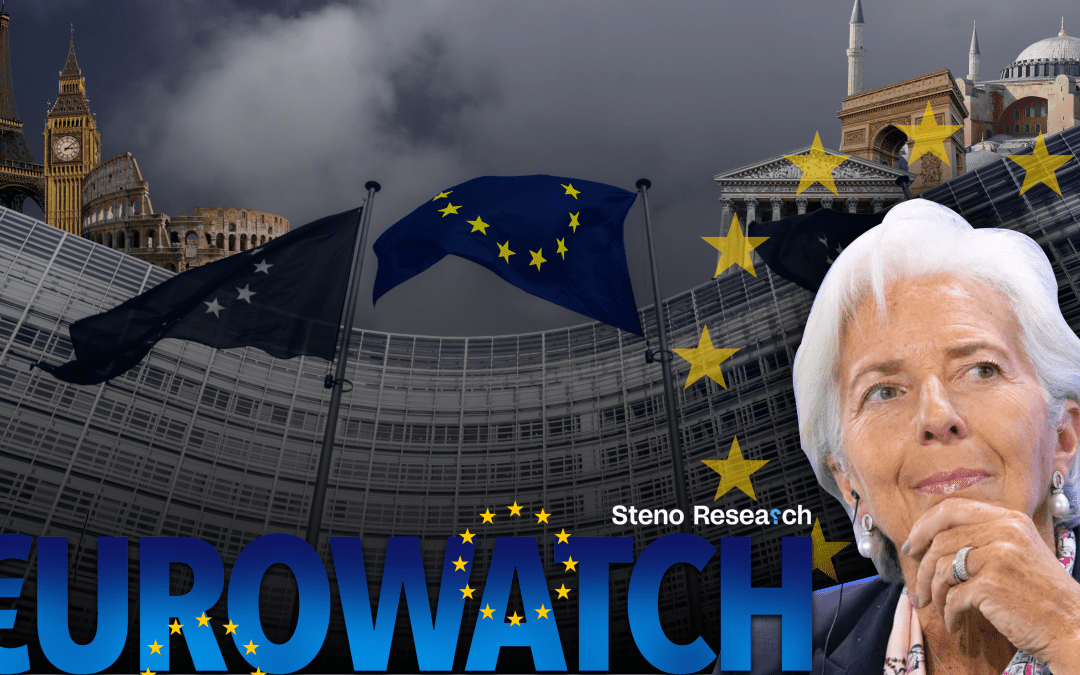
We’ve just had this month’s IFO details earlier, and despite some calling for a sequentially better print, it came in below par – as we rightfully expected. Read along for a brief digestion.
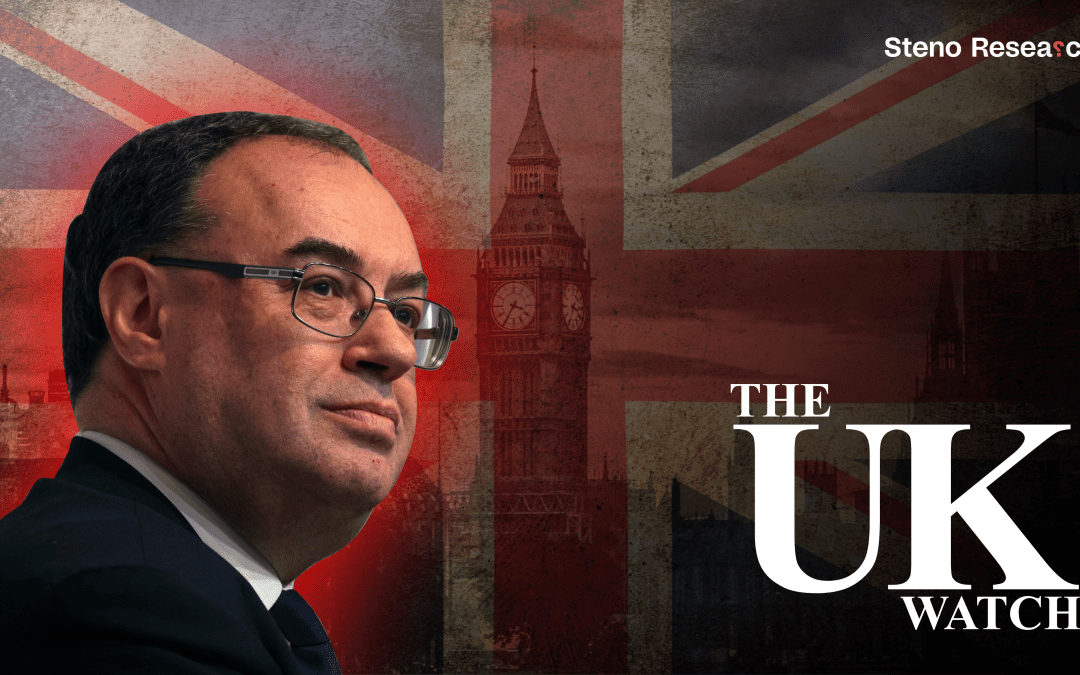
Markets are expecting a re-acceleration in November’s inflation number tomorrow with expectations at 0.1% vs 0.0% in October. What do our models tell us, and what should we expect? Our thoughts and findings here.

Oil is suddenly back in fashion on the back of a dovish FOMC meeting and supply disruptions in the Red Sea. Is the oil bet back on? Or is it too early?

On the back of a Fed meeting markets have been partying like there is no tomorrow. We assess the recent moves in positioning and reflect on how we see markets move leading into 2024

With Central bank bonanza week in the rearview mirror, we reflect on the state of current pricing and reveal how we like to be positioned. Read our full Portfolio Watch below!